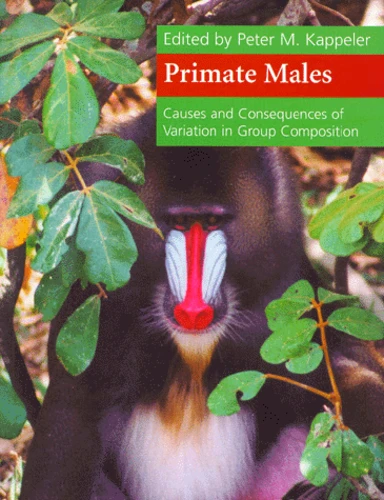Primate Males. Causes And Consequences Of Variation In Group Composition
Par :Formats :
- Paiement en ligne :
- Livraison à domicile ou en point Mondial Relay indisponible
- Retrait Click and Collect en magasin gratuit
- Nombre de pages316
- PrésentationBroché
- Poids0.67 kg
- Dimensions19,0 cm × 24,6 cm × 2,0 cm
- ISBN0-521-65846-2
- EAN9780521658461
- Date de parution07/04/2000
- ÉditeurCambridge University Press
Résumé
The size and composition of primate groups vary tremendously across species, within species, and within groups over time. The most variable quantity is the number of adult males. In some groups, single males can monopolize access to several females, whereas reproduction is shared among several males in other groups. This variation lies at the heart of understanding adaptive variation among social systems. Whether groups contain single or multiple males has important consequences for the reproductive strategies of both sexes, and also shapes these animals' morphology and behavior.
Written by leading authorities, this book provides an extensive overview of variation in group composition across all major primate taxa, using up-to-date reviews, case studies, evolutionary theory, and theoretical models, setting primates into context with birds and other mammals. It will become a firm favorite with all those interested in the behavioral ecology of primates.
The size and composition of primate groups vary tremendously across species, within species, and within groups over time. The most variable quantity is the number of adult males. In some groups, single males can monopolize access to several females, whereas reproduction is shared among several males in other groups. This variation lies at the heart of understanding adaptive variation among social systems. Whether groups contain single or multiple males has important consequences for the reproductive strategies of both sexes, and also shapes these animals' morphology and behavior.
Written by leading authorities, this book provides an extensive overview of variation in group composition across all major primate taxa, using up-to-date reviews, case studies, evolutionary theory, and theoretical models, setting primates into context with birds and other mammals. It will become a firm favorite with all those interested in the behavioral ecology of primates.

